Grease Trap Cleaning Procedures
Grease traps are essential in that they work best to prevent clogging of drainage systems by providing space for fats, oils and solid wastes to form layers stored inside the trap. You will find grease traps being used in kitchens of hotels, resorts, restaurants and any other food service businesses. They can also be used in homes since they are available in different standards and sizes. Below are some tip to help you with grease trap cleaning.
Care And Preventive Measures
For proper performance of the grease trap cleaning must be done. The frequency is determined by the owners concern over his or her drainage system and also the state of his equipment; many do grease trap cleaning on a monthly basis while others prefer a weekly cleaning, however, the frequency will be determined by the size of the trap.
If we adopt certain measures and habits of disposing certain wastes, we can increase the frequency of cleaning the grease traps. By minimizing the disposal of fats, oils and grease into the sinks helps in monitoring the cleanliness state of the trap. By dry wiping utensils and disposal of solid wastes prior to dishwashing helps a lot in maintaining the traps from rapid accumulation of fats, oils and grease. The reduction of the solid wastes and the greases will help a lot in reducing the cleaning cost.
Cleaning Preparations
One can do a personal grease trap cleaning but also they can consult a cleaning service to do a professional job. The cleaning process requires masks, cleaning cloths or wipes, gloves and tools. Due to the unpleasant odour produced when opening the traps, it is advisable to do the cleaning when the kitchen is not in use and when you have no customers or patrons around. Use proper tools to open up the traps following the procedures layout in your manual.
Grease Trap Cleaning Process
During cleaning, melt ice in the sink to lower the intensity of the odor in the traps. Use a scoop or a pump to remove the floating layer of grease, fats and oils. After you are done with the greases, try to remove the water that remains inside the trap. A shop vac can be used to help remove the solid deposits and also the water present in the trap. Further cleaning can be done by using pressurized water and other green cleaning techniques. Remove and clean the baffles and scrape the walls of the traps not forgetting the lids ensuring that you do a proper decreasing. Make sure that the seals and gaskets are clean and if they are worn out chances are they would need to be replaced.
Disposal And Documentation
The removed water, grease and solid waste have to undergo proper disposal protocols. Some cleaning services provide recycling processes for the greases in forming other useful products. After cleaning, let the grease trap to dry and eventually reassemble the components and re-install the equipment to its proper position. To keep track of your cleaning routine you should record the date of the cleaning and keep track of grease accumulations based on certain time frames.

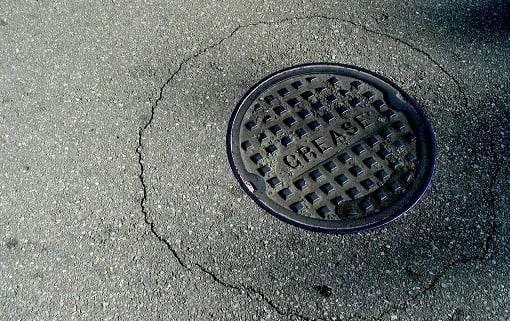
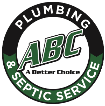
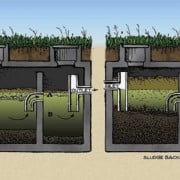

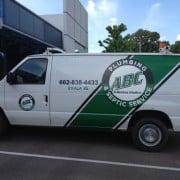


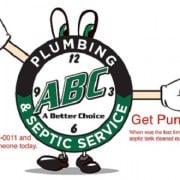



Leave a Reply
Want to join the discussion?Feel free to contribute!